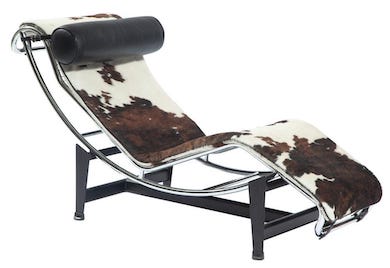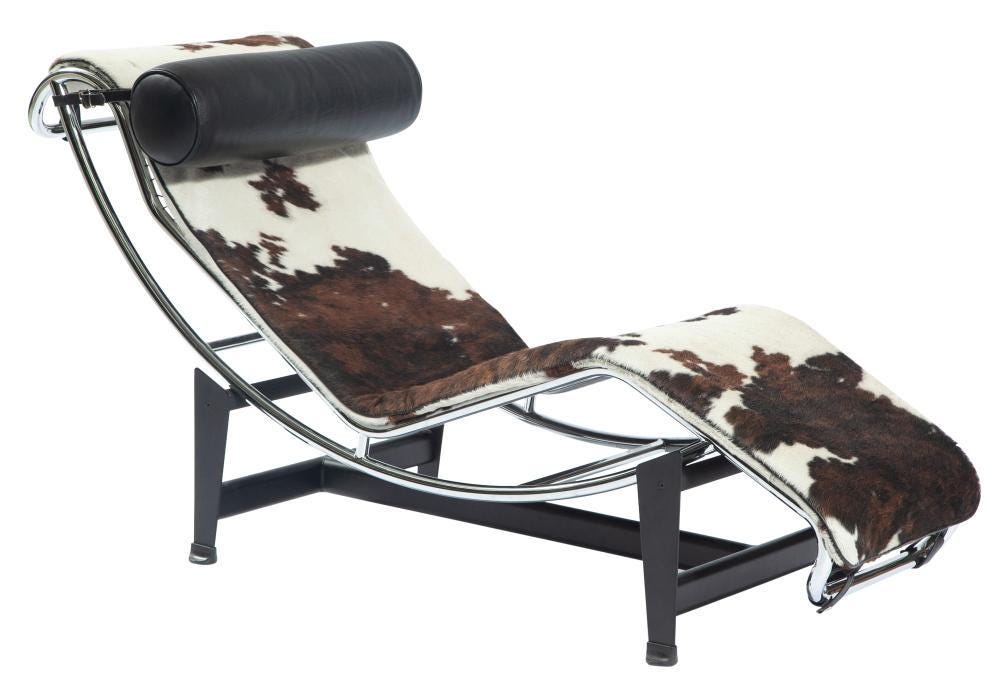
NEW YORK — Many architects dabble in industrial design and furniture design. The ranks of the boundary-crossers include immortal names such as Frank Gehry and Mies van der Rohe. But the one who earns equally high acclaim for his beautiful buildings as well as his ergonomic and modernist furniture is Le Corbusier.
Charles-Edouard Jeanneret (Swiss, 1887-1965) worked under the self-given moniker of Le Corbusier (a variation of his grandfather’s name, Lecorbesier), which roughly translates to “crow-like.” Born in Switzerland, he later moved to France and became a citizen there in 1930. He was a pioneering architect and city planner whose talents extended to painting and furniture design. Le Corbusier’s career spanned several continents and five decades when he succumbed to a heart attack at age 77 while swimming in the waters of the French Riviera.
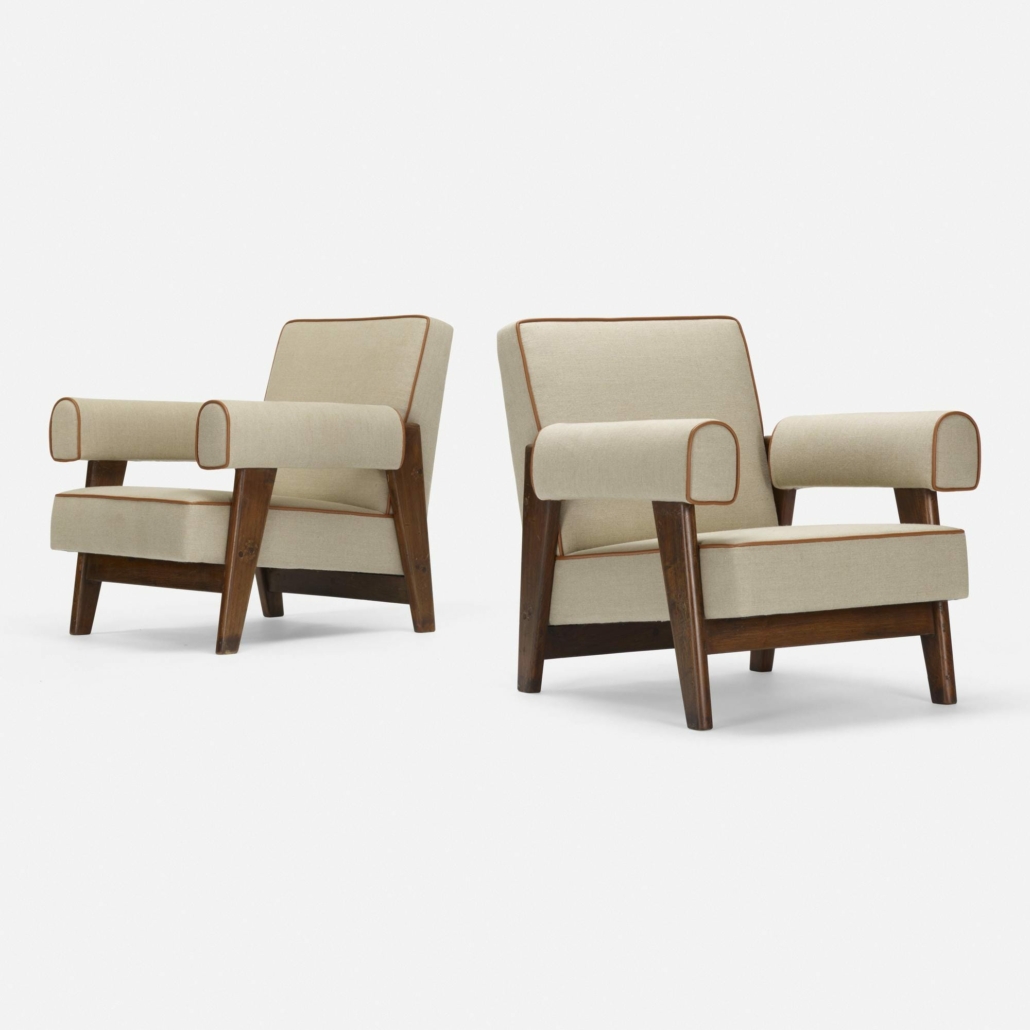
Among his most iconic furniture designs are his seating pieces, led by the chaise-longue LC4, the armchair LC2 and the sling chair LC1, which he created in cooperation with his associates Pierre Jeanneret (who was also his cousin) and Charlotte Perriand. The perennially popular LC line is still made today by Cassina.
Jeanneret, Perriand, and Le Corbusier became pioneers in 20th century furniture and their tubular steel pieces, in particular, reflected a new aesthetic that fit the style and the zeitgeist of the era. Le Corbusier’s futuristic designs were well suited for mass production. Their somewhat austere look was tempered by the use of fine leathers or exotic hides as upholstery.
In the 1927 manifesto Towards an Architecture, Le Corbusier famously wrote “a house is a machine for living in,” and he regarded his furniture designs as the equipment for said machine. His designs were not only ergonomic and visually striking but highly balanced in terms of their proportions. According to the Metropolitan Museum of Art in New York, which has a Le Corbusier Basculant chair (LC1) in its collection, “Its simple form, reduced to essentials and made of industrial tubular steel and canvas, reflect Le Corbusier’s concept of furniture as equipment.”
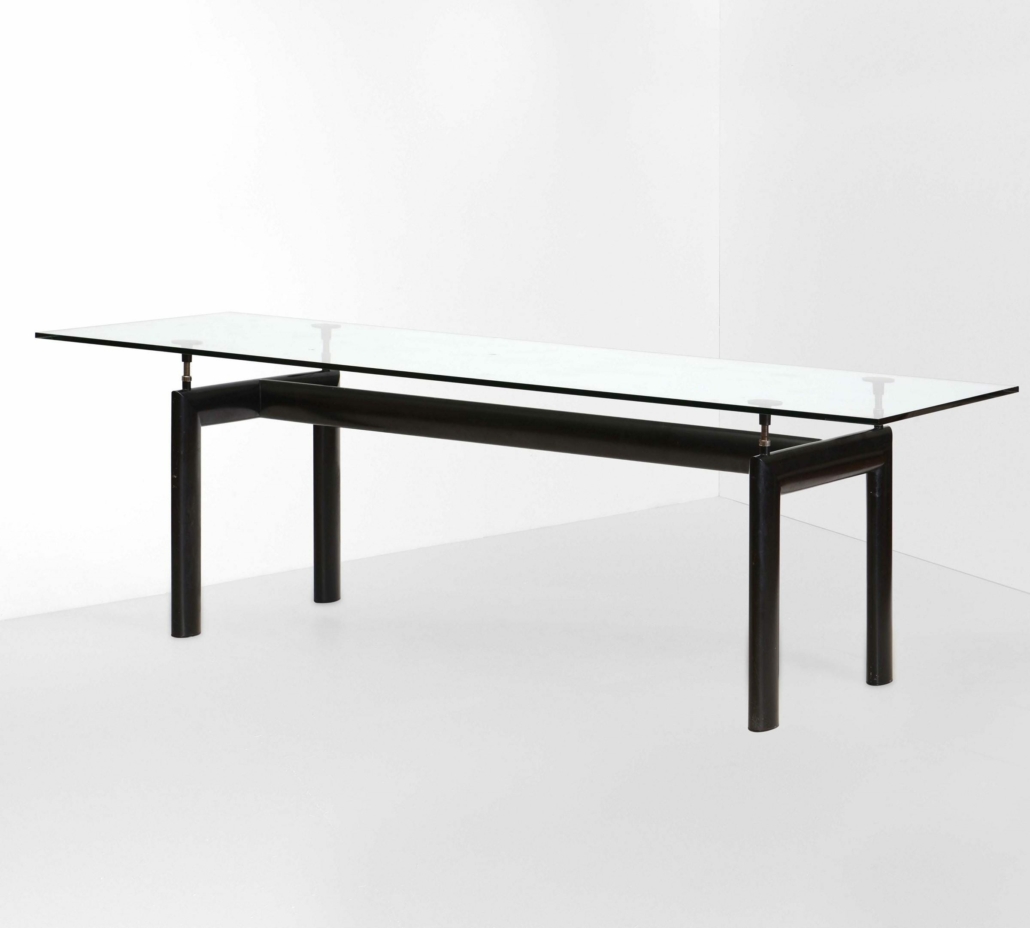
While famous for his chairs, another notable Le Corbusier design was a table that was first exhibited in 1929 at the Salon D’Automne in Paris. Produced and sold by Thonet and known by its model number of LC6, the table is sometimes called “the airplane table” as it relies on an elliptical tube used in manufacturing airplanes. The table’s height could be adjusted to increase its flexibility in the home. Boasting a futuristic look that harmonized with the streamlined visuals of the Art Deco era, which was then taking hold, the table turned heads at the Salon’s Equipement interieur d’une habitation exhibition. An example that Le Corbusier made with his cousin Pierre Jeanneret and with Charlotte Perriand went for $1,423 in February 2021 at Cambi Casa D’Aste.
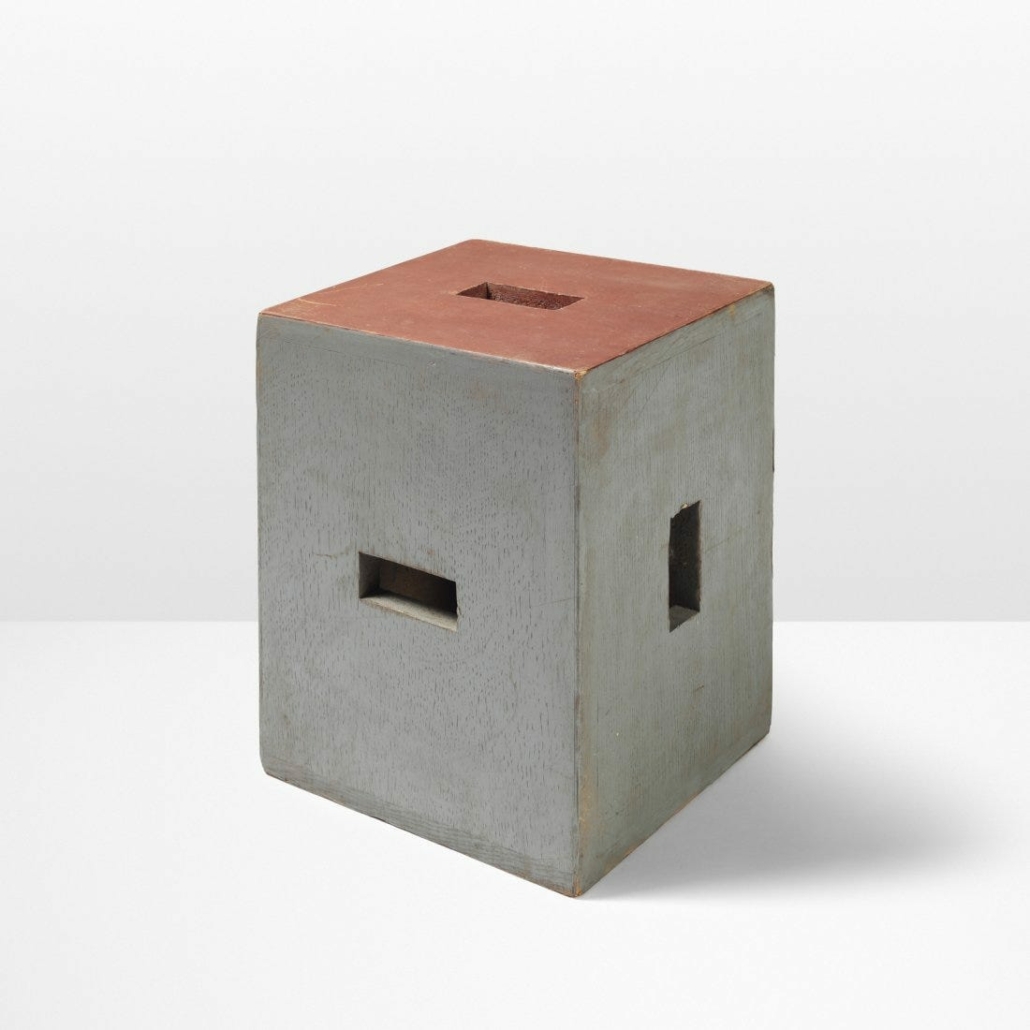
Designed for seating but looking very unlike a chair are his Unite d’Habitation stools, which he designed in the mid-1950s in Nantes-Reze, France. Several variations were produced, ranging from just under a foot tall to about 18in tall. A painted oak example dating to the mid-1950s brought $45,000 plus the buyer’s premium in November 2016 at Wright.

While his furniture designs, especially early ones, lead his auction results, artwork by Le Corbusier continues to command interest. Leonardo da Vinci had his Vitruvian Man drawing, but Le Corbusier’s take on the ideal man was the Modulor, a motif that appeared often both in his artwork and his building designs. Distinguished by wide shoulders, a narrow waist and sometimes an upraised arm, the Modulor figure, as it is known, is described as perfectly proportioned. A red-lacquered version of the Modulor realized $114,916 plus the buyer’s premium in April 2021 at Tajan.
From his sleek and functional furniture to his striking artworks, the legacy of Le Corbusier is robust and vibrant well after his passing. While contemporary versions of his designs are affordable and relatively accessible, vintage examples remain highly desirable to collectors. Boasting the clean lines of modernism, they are unpretentious yet comfortable, and just as breathtaking as they were when they debuted decades ago.


